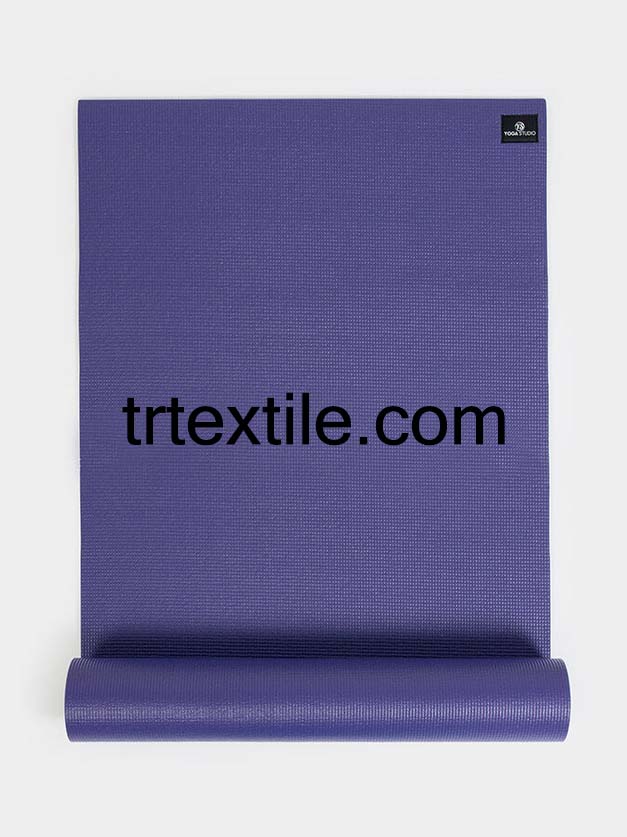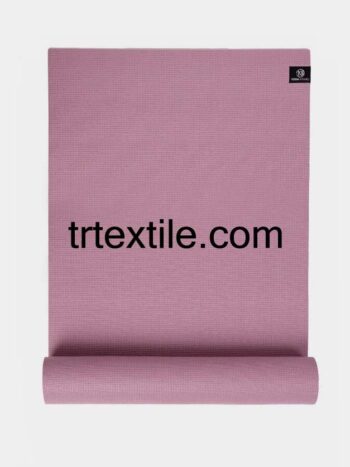Yoga mats are an essential tool for any yogi, providing a comfortable and non-slip surface for practicing various asanas and sequences. The production of yoga mats involves several steps, from the sourcing of materials to the final packaging and distribution of the finished product. In this article, we will explore the production model of a typical yoga mat, focusing on Model 7.
Model 7 is a popular production model used by many yoga mat manufacturers. This model follows a systematic approach to producing high-quality yoga mats that meet the needs and preferences of modern yogis. The production model consists of several key steps, each of which plays a crucial role in creating a durable and functional yoga mat.
1. Material sourcing: The first step in the production model is sourcing the materials needed to make the yoga mat. Model 7 typically uses eco-friendly materials such as natural rubber, cork, or TPE (Thermoplastic Elastomer). These materials are chosen for their durability, non-toxicity, and sustainability, making them ideal for use in yoga mats.
2. Cutting and shaping: Once the materials are sourced, they are cut and shaped according to the desired dimensions of the yoga mat. Model 7 uses precision cutting machines to ensure that each mat is uniform in size and shape. This step is crucial in creating a yoga mat that provides a stable and supportive surface for practicing yoga.
3. Design and printing: After the materials are cut and shaped, the next step in the production model is designing and printing the yoga mat. Model 7 offers a wide range of designs and patterns to choose from, allowing yogis to personalize their mats to suit their individual style. High-quality printing techniques are used to ensure that the designs are vibrant and long-lasting.
4. Texturing and embossing: In order to enhance the grip and traction of the yoga mat, Model 7 includes a texturing and embossing step in the production process. This step involves adding a textured surface to the mat, which helps prevent slipping and sliding during practice. The embossing process also adds a decorative element to the mat, further enhancing its aesthetic appeal.
5. Quality control: Quality control is a critical step in the production model, ensuring that each yoga mat meets the highest standards of durability and performance. Model 7 employs a rigorous quality control process that includes thorough inspections of each mat for defects or imperfections. Any mats that do not meet the specified criteria are discarded or repaired before being sent for packaging.
6. Packaging and distribution: The final step in the production model is packaging and distribution. Model 7 uses eco-friendly packaging materials such as recycled cardboard and biodegradable plastics to minimize environmental impact. The yoga mats are carefully packaged and shipped to retailers or directly to customers, ensuring that they arrive in perfect condition.
Overall, Model 7 is a comprehensive and efficient production model that produces high-quality yoga mats that are both functional and aesthetically pleasing. By following a systematic approach to production, Model 7 ensures that each mat is made with care and attention to detail, providing yogis with a reliable and durable tool for their practice.




